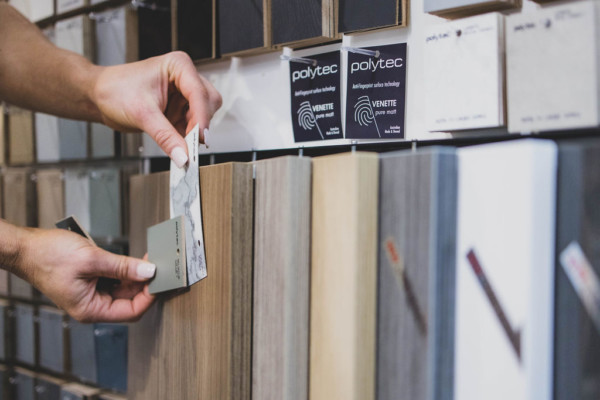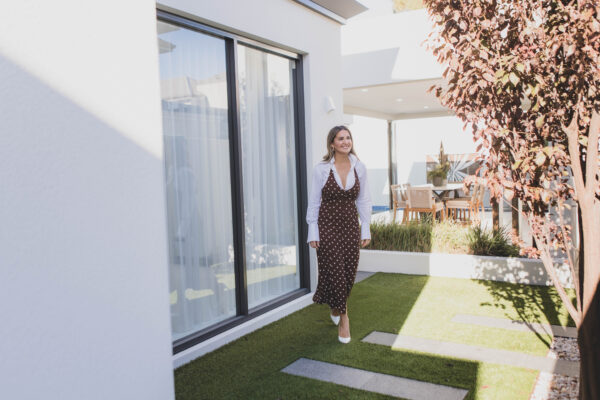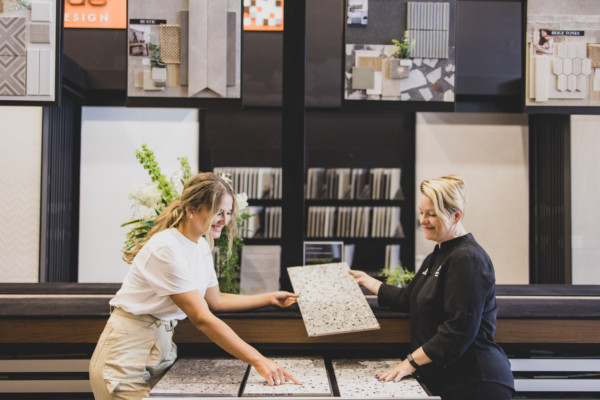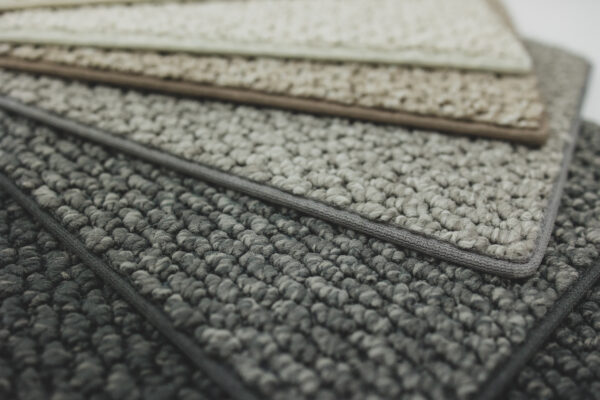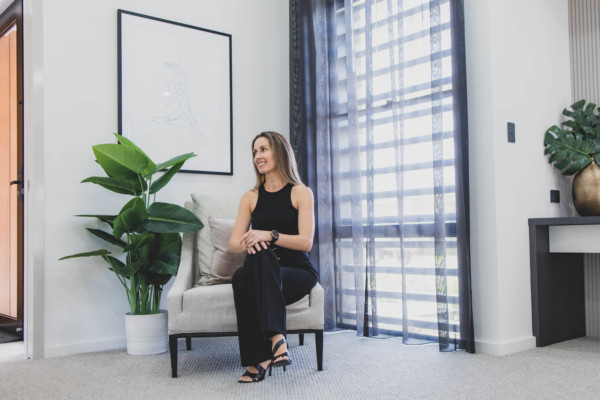Allowing colour and materiality to repeat themselves in a custom home design creates a cohesive nature.
Being unapologetic and courageous enables you to dig deep to find your true design muse and will give you the longevity you long for.
If you’re struggling with interior design, contact our team at Domination Homes.
If you have ever seen designer homes, then you will probably be struck by how cohesive they look. Each room flows seamlessly into the other without interruption. Every space is thoughtfully designed, and the colours and furniture complement each other perfectly, from the kitchen to the master bedroom to the office.
We have put together many great ideas to inspire you. Start by creating a style board and get a completely new look.
Colour Scheme
A colour scheme is the first step in creating a cohesive area. A colour story is a way to connect rooms. Each space can have a different amount of colour or items in the same colour, so it’s not monotonous. For example, if you have blue throw cushions in your living space, try to incorporate them in another room with a rug and art. It’s important to not mix way too many colours. A complete house colour scheme should include at most 3-5 colours. Anything beyond this can become a bit chaotic and busy.
Your primary colour is the colour you use the most in your space (or your entire home). Then, you will have a secondary colour and a tertiary one. The secondary should account for at least 50% of your space’s colour and the tertiary should not exceed 25%. You should use accent colours sparingly if you have more than one. What you buy should be within the colour families of your set colour palette. There are many things that can be added to your colour palette, such as plants, wood finishes, and natural elements. The overall effect of combining like colours in a room will be to make it feel more cohesive.
Select A Flow Through Paint
One simple way of creating a cohesive look is to use one consistent paint colour on all walls. In open-plan homes, it is best to choose one primary colour and two neutrals.
However, it doesn’t necessarily have to be grey, white, or beige. You want your main space to be dominated by one colour. That means the foyer, hallways, and main connector room need to all be the same.
Be Aware of Sightlines
How many other rooms do you see when you are standing in your living room? If you have views into the dining area, the kitchen, and the hallway, then it is important that the colours in those spaces work together. If you use a different colour scheme in each room, it can cause the space to appear cluttered.
Limit the Use of Edgiest Colours to Enclosed Rooms
Going wild is best in rooms that are not within view of other rooms. You can indulge in main bedrooms, cloakrooms, and kids’ rooms, as well as any other enclosed space.
If your cloakroom is around the corner, which you don’t use all the time? It’s easy to paint it black! Who cares? It works!
Use Colour-Planning Tools
Those who enjoy delving into design principles might want to learn more about colour theory or ask their interior designer. The colour wheel is one of the main points that I share with my clients.
The rule of thumb is to use analogous colours (or those that are adjacent) on the wheel. This will create less contrast and a calmer feel. Using complementary colours (across from each other on the wheel) will create more contrast and create a higher-energy space. It is important to understand the relationship between colours and why certain combinations have effects on you.
Consistent Materials
A simple tip is to use the same materials throughout your home. This will create a cohesive look. Let’s suppose you have pillows in your bedroom. Incorporate velvet in different places throughout your home. For example, velvet drapes in the dining room and a chair in the living room. It is a good way to tie the design together in different rooms without looking too matchy. This can be done with any material that you like, such as faux fur or linen, and patterns like geometrics or stripes.
Flooring
Flooring is important throughout your home. It is important to choose a few floor materials throughout the house so that each room feels familiar and will anchor your home. While we love fun and unexpected tiles in bathrooms, laundry areas, and entryways, it is important to keep the theme consistent elsewhere throughout and allow rugs to create zones.
Hire an Expert to Give You a Professional Look
Designers have extensive knowledge in colour and can provide valuable guidance for decorating or renovating. Domination Homes Designers are here to help you with your project, you can work closely with our skilled team to create a well-designed home. Get in touch with us today.
Domination Homes: Your Partner in Crafting the Perfect Custom Home
When embarking on the journey to build or renovate your custom dream home, it’s crucial to partner with a builder who understands the building language and values the role of an interior designer. At Domination Homes, we specialize in creating bespoke larger family homes and forever homes that exceed expectations. By collaborating with our team of experts, we ensure effective communication, seamless project management, and impeccable craftsmanship, bringing your vision to life.


